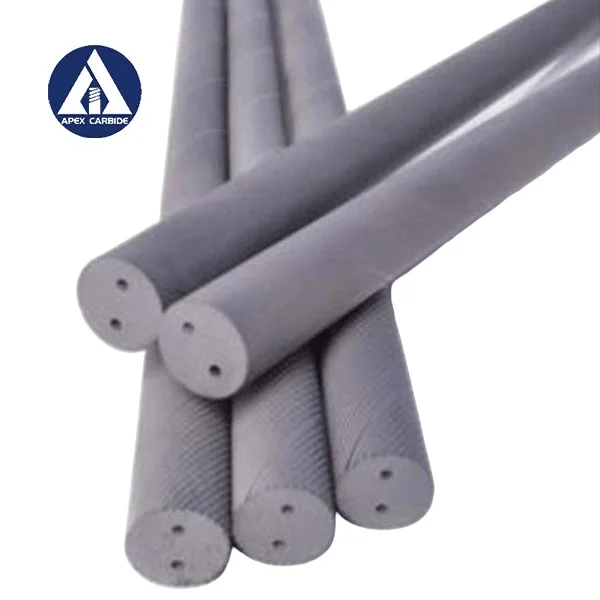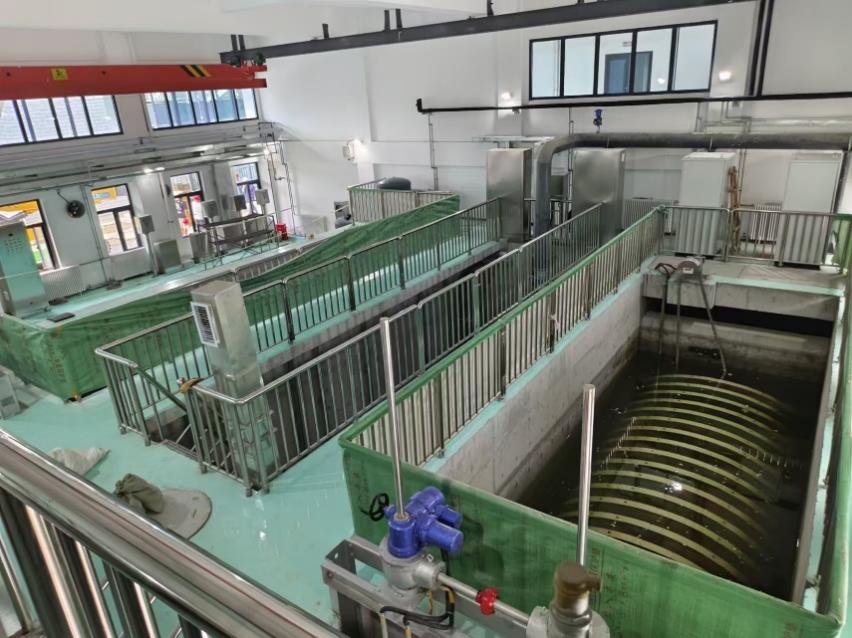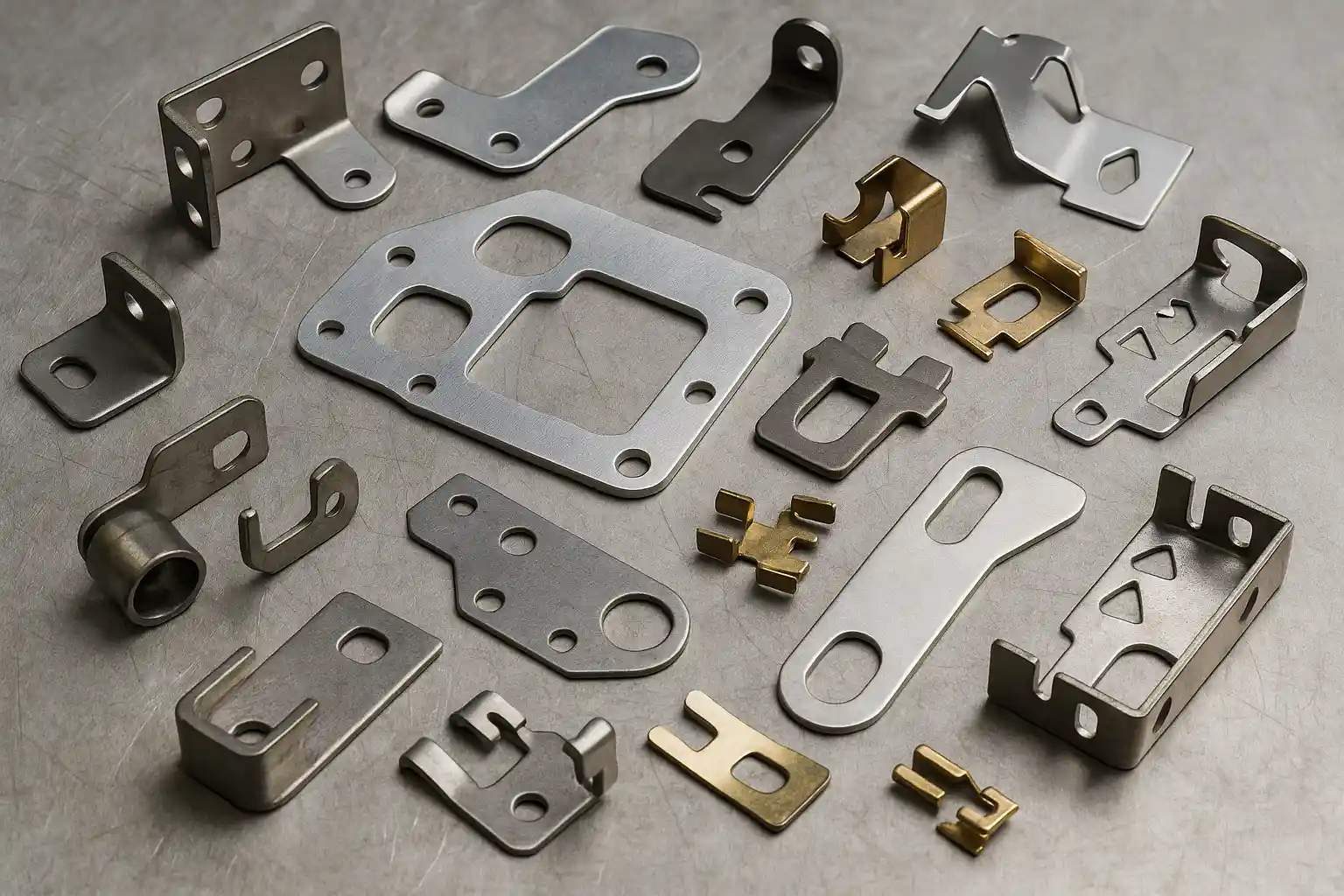In the realm of automotive engineering and fuel systems, mechanical injectors play a pivotal role in ensuring optimal engine performance and efficiency. Understanding the operation of mechanical injectors is essential for automotive professionals, engineers, and enthusiasts alike. This article delves into the intricacies of mechanical injectors, exploring their design, functionality, and the critical role they play in modern fuel injection systems.
- Introduction to Mechanical Injectors
Mechanical injectors, often referred to as mechanical fuel injectors, are devices designed to deliver fuel into the combustion chamber of an internal combustion engine. Unlike their electronic counterparts, mechanical injectors operate based on mechanical principles, relying on pressure differentials and mechanical actuation to inject fuel. This simplicity in design often translates to reliability and ease of maintenance, making them a popular choice in various applications, particularly in older engine models and specific performance vehicles.
- Components of Mechanical Injectors
To fully grasp the operation of mechanical injectors, it is essential to understand their key components:
- Injector Body: The main housing that contains the internal components and connects to the fuel rail.
- Nozzle: The part through which fuel is atomized and injected into the combustion chamber. The design of the nozzle is crucial for achieving the desired spray pattern and fuel distribution.
- Spring Mechanism: A spring that holds the nozzle closed until the required pressure is reached, allowing for precise control over fuel delivery.
- Fuel Inlet: The entry point for fuel, typically connected to the fuel rail, where pressurized fuel is supplied to the injector.
- The Operating Principle of Mechanical Injectors
The operation of mechanical injectors can be broken down into several key phases:
3.1 Fuel Delivery
Fuel is delivered to the injector from the fuel tank through a fuel pump, reaching the injector at a specific pressure. This pressure is critical, as it influences the injector's ability to atomize the fuel effectively.
3.2 Actuation Mechanism
Mechanical injectors utilize a mechanical actuation mechanism, often driven by the engine's camshaft. As the camshaft rotates, it pushes against a follower that is connected to the injector's nozzle. This mechanical movement compresses the spring, allowing the nozzle to open.
3.3 Injection Process
Once the nozzle opens, the pressurized fuel is forced through the nozzle and into the combustion chamber. The design of the nozzle atomizes the fuel, creating a fine mist that mixes with air for optimal combustion. The timing and duration of the injection are critical for achieving the correct air-fuel ratio, which directly impacts engine performance and emissions.
3.4 Closing the Nozzle
After the required amount of fuel has been injected, the camshaft continues to rotate, allowing the spring to close the nozzle. This action stops the fuel flow, preparing the injector for the next cycle.
- Advantages and Disadvantages of Mechanical Injectors
4.1 Advantages
- Simplicity: Mechanical injectors have fewer electronic components, making them less prone to failure and easier to diagnose.
- Cost-Effectiveness: Generally, mechanical injectors are less expensive to manufacture and replace compared to electronic injectors.
- Reliability: Their robust design often results in a longer lifespan, especially in harsh operating conditions.
4.2 Disadvantages
- Limited Control: Mechanical injectors lack the precision of electronic injectors, which can lead to less optimal fuel delivery under varying engine conditions.
- Fuel Efficiency: In some cases, mechanical injectors may not achieve the same level of fuel efficiency as their electronic counterparts, particularly in modern engines designed for variable fuel delivery.
- Applications of Mechanical Injectors
Mechanical injectors are commonly found in older vehicles, classic cars, and certain performance applications where simplicity and reliability are prioritized. They are also used in some diesel engines, where the high-pressure fuel injection is crucial for efficient combustion.
- Conclusion
Understanding the operation of mechanical injectors is vital for anyone involved in automotive engineering or maintenance. Their straightforward design and reliable performance make them a valuable component in various applications. As the automotive industry continues to evolve, the knowledge of mechanical injectors remains relevant, particularly for those working with classic vehicles or specialized performance engines. By appreciating the mechanics behind these injectors, professionals can ensure optimal engine performance and longevity.




